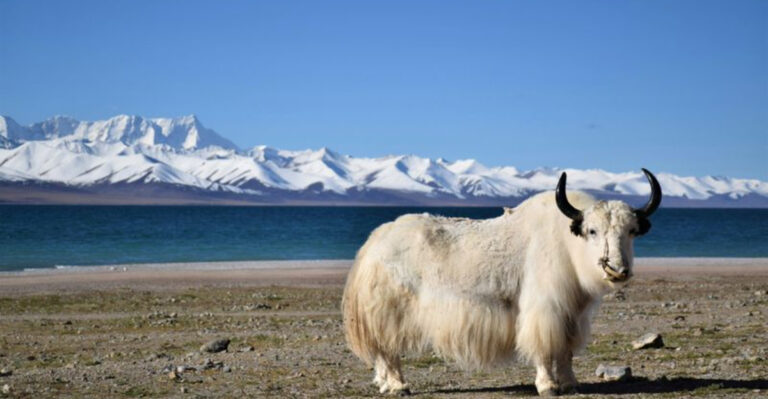The 14 Deadliest Areas Of The Ocean
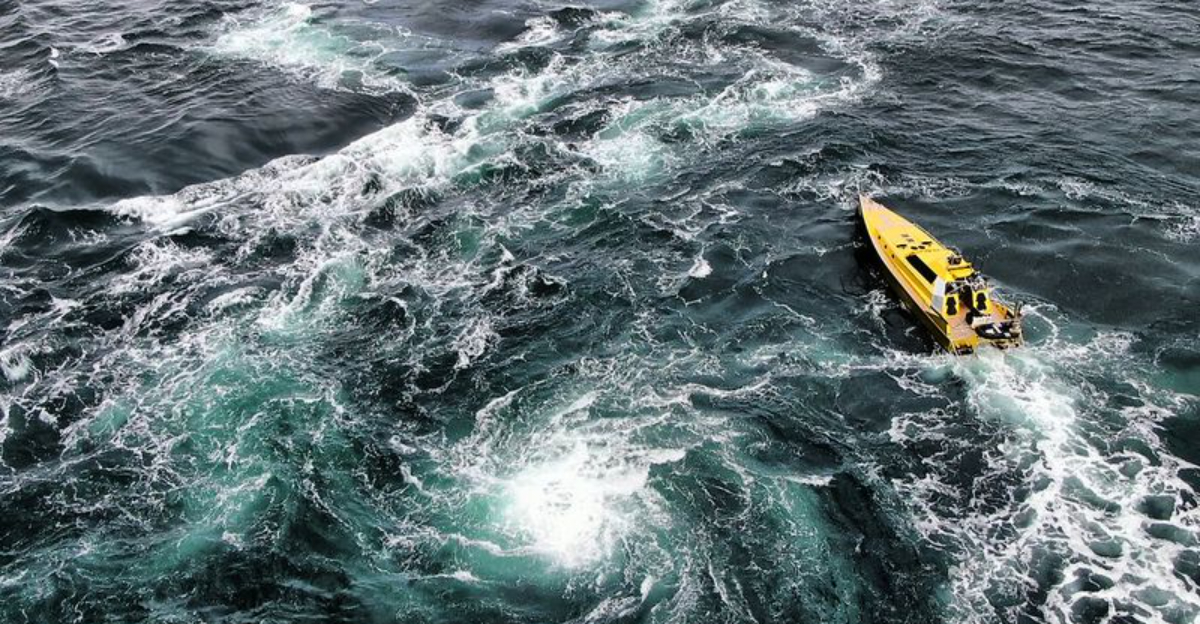
The ocean covers over 70% of our planet, hiding mysterious depths and deadly zones beneath its shimmering surface.
From treacherous currents to extreme conditions, certain areas have earned fearsome reputations among sailors and scientists alike. Let’s explore the most dangerous ocean regions where nature’s power creates truly perilous environments for humans and marine life.
1. The Bermuda Triangle
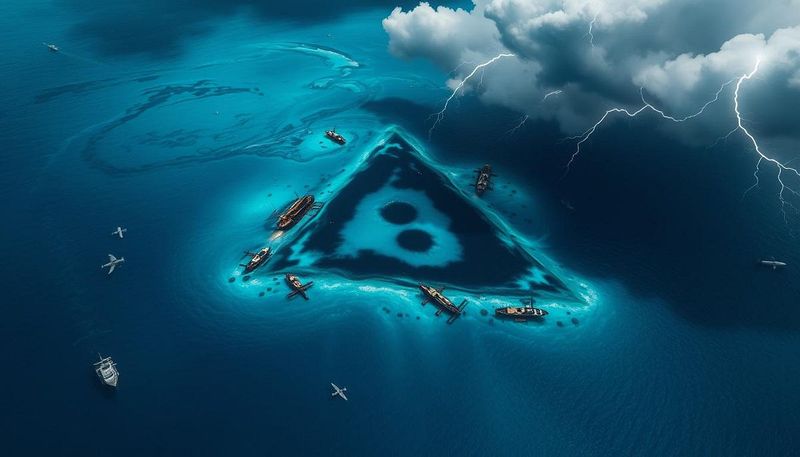
Strange compass readings and unexplained disappearances have made this Atlantic Ocean region legendary. Ships and planes seemingly vanish without a trace, fueling decades of speculation about supernatural forces.
Scientists point to powerful Gulf Stream currents, methane gas eruptions from the seafloor, and extreme weather as potential culprits. The area between Florida, Bermuda, and Puerto Rico continues to mystify researchers to this day.
2. The Dragon’s Triangle
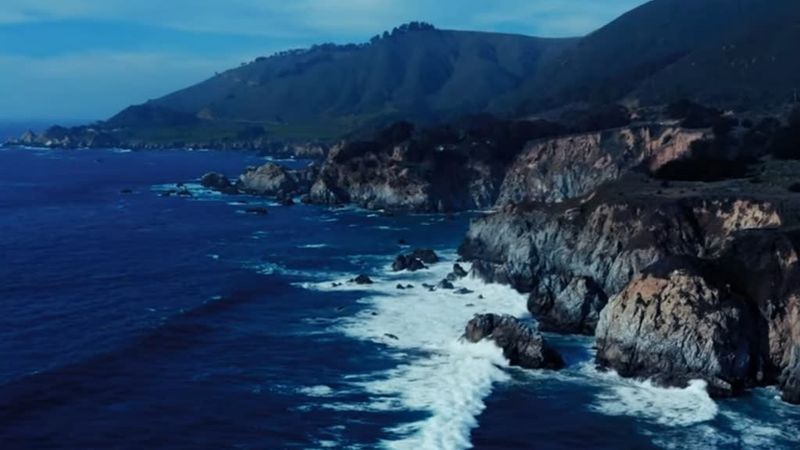
Japan’s answer to the Bermuda Triangle lies south of Tokyo in the Philippine Sea. Sailors fear this zone where volcanic activity creates unstable seafloor conditions and unpredictable waters.
Ancient Japanese legends speak of dragons dragging ships to watery graves. Modern science attributes the dangers to tectonic instability, magnetic anomalies, and frequent typhoons that have claimed countless vessels throughout history.
3. Mariana Trench
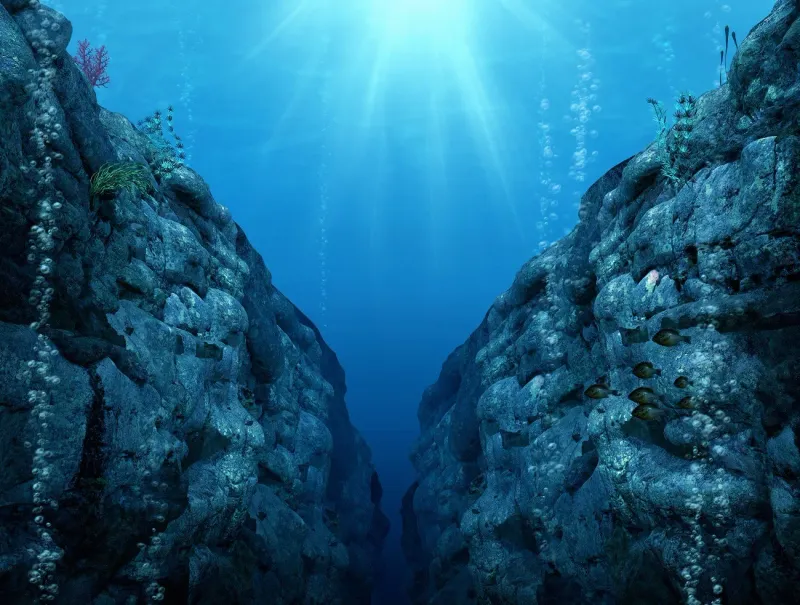
Crushing pressure awaits anyone who ventures into Earth’s deepest ocean point. At nearly 36,000 feet below sea level, this Pacific Ocean chasm exerts pressure exceeding 1,000 times what we experience at sea level.
Human bodies would be instantly compressed without specialized equipment. The trench hosts bizarre creatures adapted to extreme conditions—including supergiant amphipods and ghostly snailfish that survive where virtually nothing else can.
4. Cape Horn
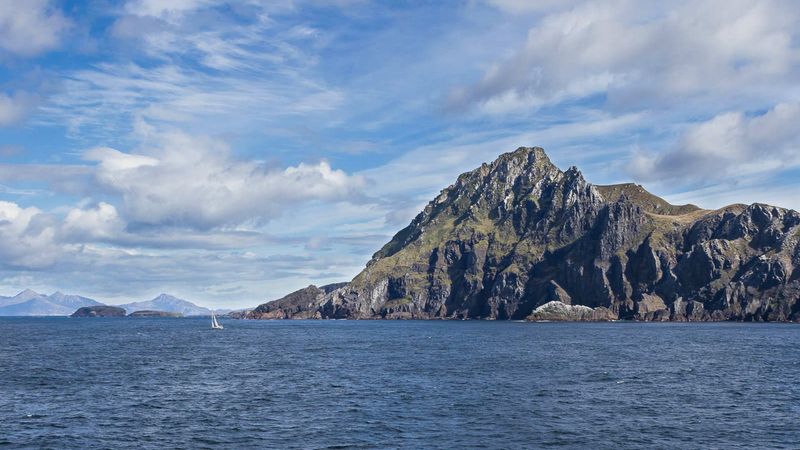
Rounding the southernmost tip of South America means battling some of the world’s most violent waters. Massive waves regularly exceed 30 feet as Antarctic currents collide with Atlantic and Pacific waters in a chaotic convergence.
Fierce westerly winds accelerate through this narrow passage, creating a sailor’s nightmare. Over 800 shipwrecks litter these waters, earning Cape Horn its grim nickname: the sailor’s graveyard.
5. Gulf of Guinea
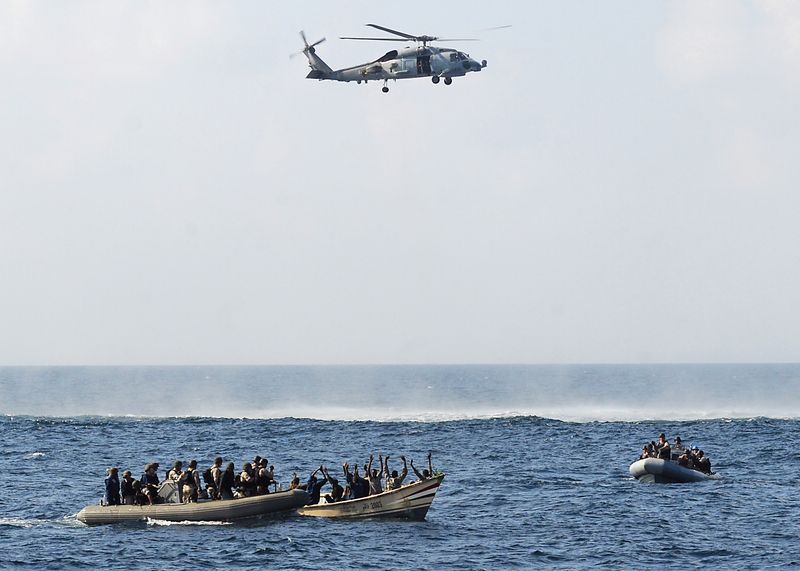
Pirates roam freely in this West African coastal zone, making it today’s most dangerous waters for commercial shipping. Armed gangs in high-speed boats strike without warning, hijacking vessels and kidnapping crew members for ransom.
Unlike Somali piracy which has declined, Gulf of Guinea attacks continue rising. International naval patrols struggle to monitor the vast region where pirates can quickly retreat to hideouts along the coastlines of multiple countries.
6. Point Nemo
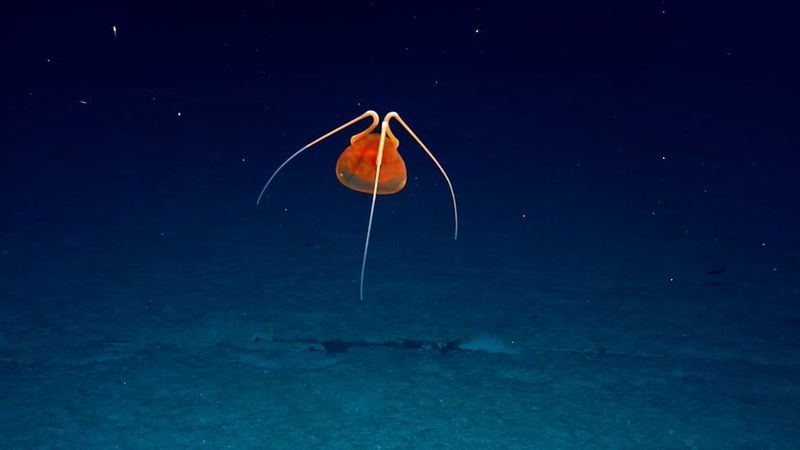
Absolute isolation makes this South Pacific location deadly in a unique way. Known as the oceanic pole of inaccessibility, Point Nemo sits farther from land than any other place on Earth—2,688 miles from the nearest shore.
If disaster strikes here, rescue is virtually impossible. Even satellites pass over rarely. The surrounding waters are so remote and nutrient-poor that few creatures inhabit this oceanic desert, creating an eerie emptiness in all directions.
7. Blue Holes of the Bahamas
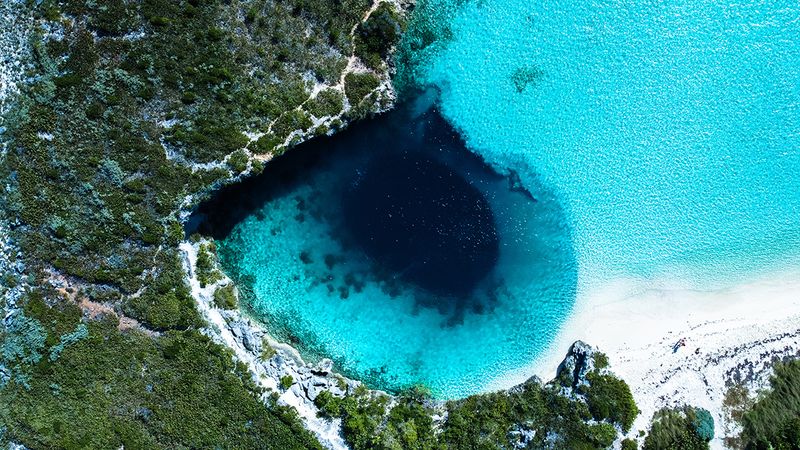
Underwater cave systems lure divers with crystal-clear waters that quickly turn treacherous. These vertical marine sinkholes feature complex tunnel networks where currents shift unpredictably and visibility can suddenly disappear.
Dean’s Blue Hole plunges 663 feet straight down, creating disorienting conditions. Nitrogen narcosis affects judgment at depth, while tight passages trap the unwary. Over 100 divers have perished exploring these beautiful but deadly underwater labyrinths.
8. The Corryvreckan Whirlpool
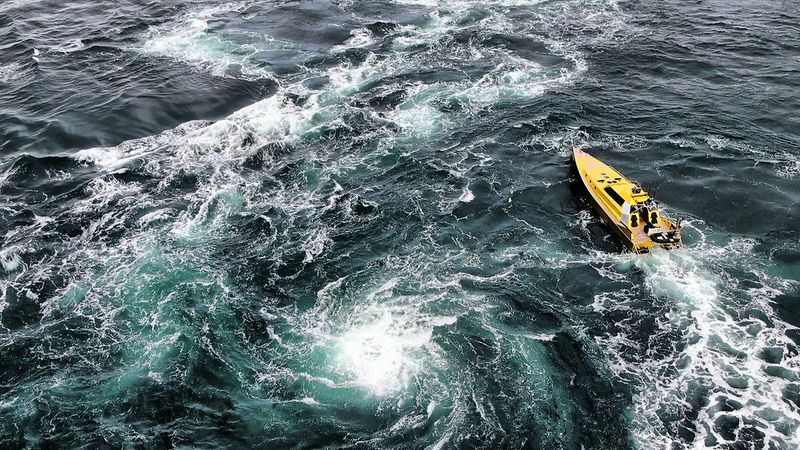
Between two Scottish islands lurks the third-largest whirlpool on Earth. Tidal flows rushing through a narrow strait create a roaring vortex that can swallow small vessels whole.
Underwater topography amplifies the danger—a 200-foot pinnacle forces water upward, generating standing waves exceeding 30 feet. Even novelist George Orwell nearly perished here when his boat was caught in the maelstrom during a 1947 visit.
9. Northern Arctic Waters

Hypothermia claims victims within minutes in these frigid waters where temperatures hover just above freezing. Massive ice floes drift unpredictably, threatening to crush vessels or block escape routes.
Navigation remains challenging despite modern technology as magnetic compasses become unreliable near the pole. Rescue operations face extreme difficulties in this remote region where storms can rage for weeks and darkness envelops everything during winter months.
10. Box Jellyfish Territory
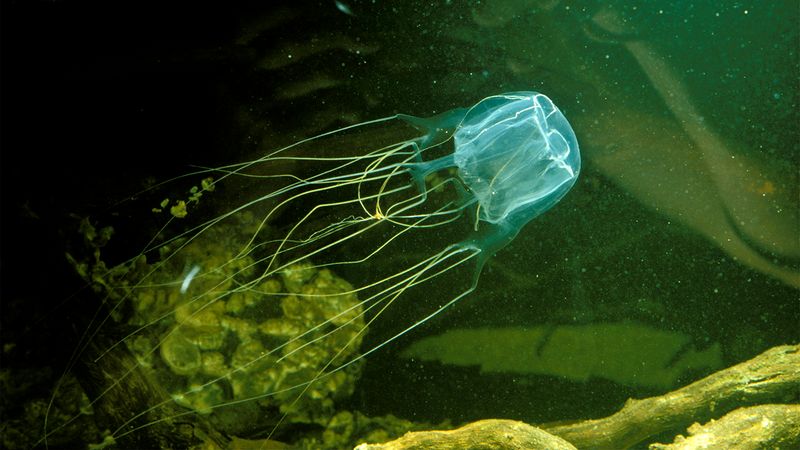
Australia’s northern waters harbor the world’s most venomous marine creature. The box jellyfish’s sting causes excruciating pain, cardiac arrest, and death within minutes if enough venom enters the bloodstream.
Nearly invisible in water, these predators possess 24 eyes and can swim at 4 mph—unusually fast for jellyfish. Their tentacles extend up to 10 feet, covered with millions of microscopic stinging cells that fire on contact, making certain Australian beaches deadly during summer months.
11. The Graveyard of the Atlantic

Shifting sandbars and converging currents create maritime chaos off North Carolina’s Outer Banks. Over 2,000 vessels have met their doom in these treacherous waters where the warm Gulf Stream collides with cold Labrador Current.
Sudden storms materialize with little warning, while hidden shoals lurk beneath seemingly calm surfaces. Diamond Shoals extends 14 miles offshore, creating a submerged hazard that has claimed countless ships since colonial times.
12. The Cook Strait
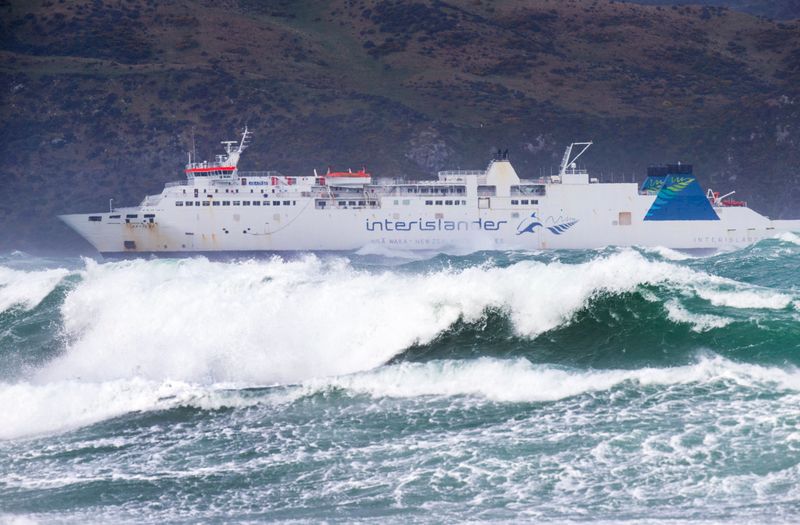
Ferocious winds funnel through this narrow passage between New Zealand’s main islands, creating a sailor’s nightmare. Waves from three different ocean systems converge here, producing chaotic water patterns and rogue waves that appear without warning.
Underwater geography amplifies the danger—the seafloor rises sharply from deep water, forcing currents upward. The strait’s notorious reputation was sealed when the passenger ferry Wahine sank in 1968, claiming 53 lives despite being close to shore.
13. Sargasso Sea
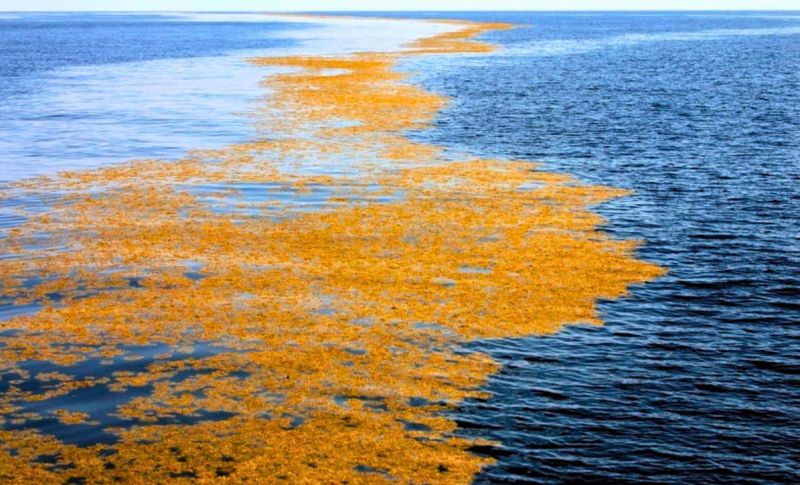
Legendary for trapping sailing ships, this Atlantic Ocean region is surrounded by rotating currents that create an oceanic prison. Massive mats of floating seaweed can entangle propellers and rudders, stranding modern vessels just as they did centuries ago.
The water here contains unusually high salt content, making swimming difficult and increasing the risk of dehydration for castaways. Low oxygen levels create vast dead zones beneath the surface where marine life struggles to survive.
14. Bass Strait
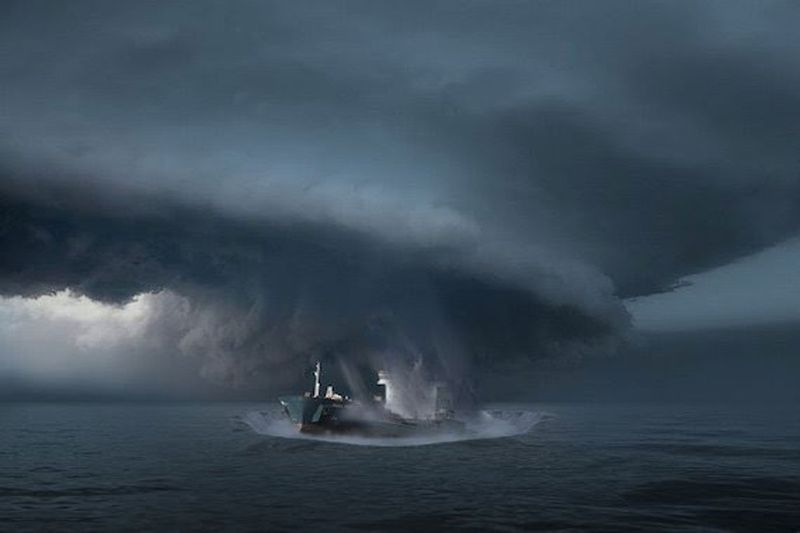
Unpredictable waters separate mainland Australia from Tasmania, challenging even experienced mariners. Shallow depth combines with strong winds to generate steep, violent waves that build with frightening speed.
Over 80 major shipwrecks have occurred here, with countless small vessels also claimed. The strait’s notorious reputation reached its peak during the 1998 Sydney to Hobart Yacht Race when a sudden storm killed six sailors and forced the rescue of 55 others from the churning waters.






